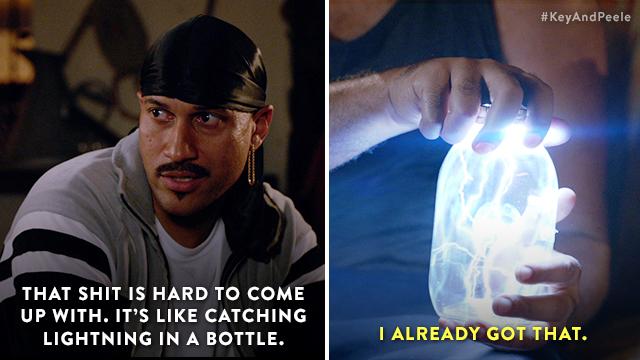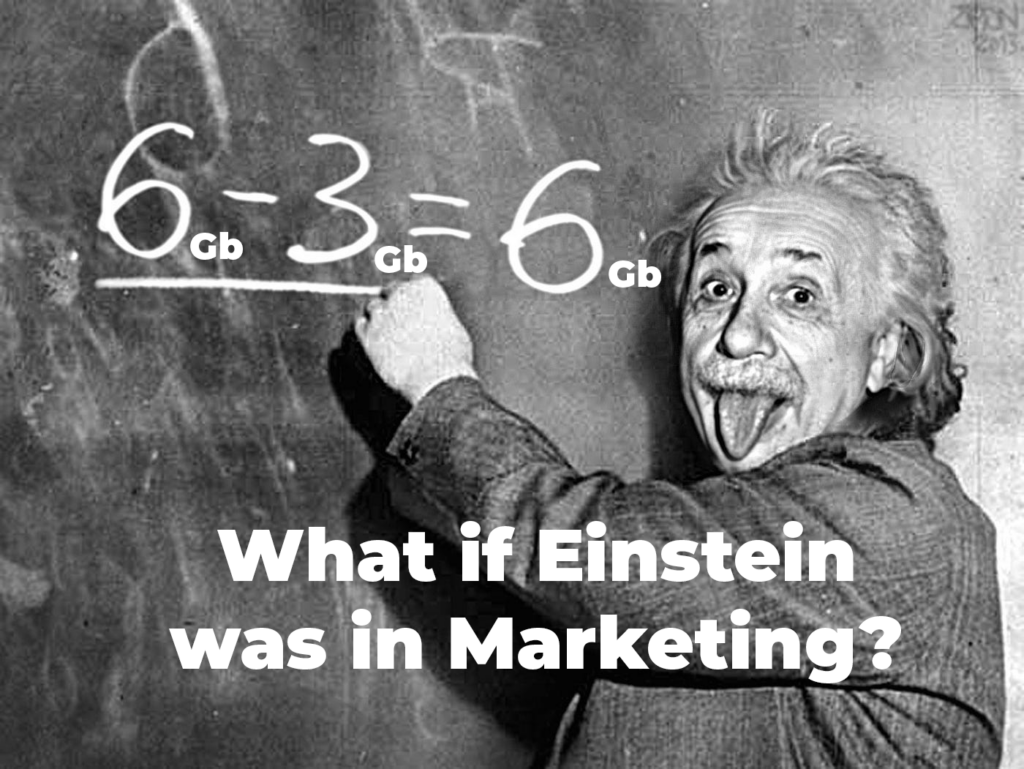Disclaimer: This is a lighthearted blog post poking fun at everyone’s favorite employee, the technical marketer. Tech Marketing is an incredibly important activity, and when done right it can make the difference between customer success and failure. But when done wrong…
I’ve always said that marketers have a bad rap.
Right up there with the sales team, marketing takes a lot of heat if things don’t go right. When the product doesn’t sell and money isn’t coming in, do you fire some engineers, leadership, HR? No of course not, marketing and sales are always the fall guys. Leadership plots the revenue strategy and sales and marketing implements the plan; so when the strategy doesn’t work do you think the CEO says “oops my bad”? Hell no. Marketing can be challenging, there’s a lot of churn, a lot of change. Basically every week you may be running in a different direction and saying something different until something finally sticks.
Part of marketing’s job is to identify how to make the product fit the market. Sometimes this means adjusting the technology, sometimes it means figuring out the proper message. Sometimes it happens by itself, sometimes you can expend tons of energy, time and money and the needle doesn’t move at all. It’s a difficult balancing act for sure.

There are good ways to do marketing. Sometimes your company gets into the right groove and the community becomes your marketing team. Sometimes you strike gold with an amazing customer story or catchphrase that just crystalizes a moment in time. Sometimes you finally find something incredible in all that data and a lightbulb goes off in your brain. It’s a lot like catching lightning in a bottle.
But there are a lot of bad ways to do marketing too. Sometimes things don’t quite line up properly and you need to be “heavy handed”. Corporate leadership rarely wants to hear that their idea for a new catchphrase is outright stupid. No, they want you to execute on their horrific idea come hell or high water. And guess what, if you value your job and paycheck, you had better figure out how to do it. If you want to do technical marketing, you had better get really good at putting lipstick on a pig, because in IT there are a hell of a lot of pigs.
So sometimes marketers will do things that are unnatural, or sound weird, or at worst are downright devious. Expert marketer, podcast host, ear eater and former heavyweight boxing champ Mike Tyson said it best ““Everyone has a plan until they get punched in the mouth”. I’m sure most marketers WANT to tell the truth, the whole truth, and nothing but the truth. But they also want to feed their family, and sometimes marketing can get a bit weird…

Marketecture Diagrams
You’ve seen these diagrams before, the super fancy slides showing the future state of a product where all of the connected systems, features, and integrations are functioning. Such pretty pictures right? This is basically what the company intends on building if they have unlimited money and time. This is typically used to demonstrate thought leadership and show the completeness of the technical vision. However, solution diagrams for products rarely indicate what pieces are currently incomplete. These “small” details are hidden by references, links to footnotes, or text like “Future”, “Coming Soon” or “Q1 2024”.
Product Technical Specifications
How many acronyms will they put into a single table? Features that are obvious and implied must still be listed in full! The data sheet for an ethernet switch still includes support for 802.3 because it doesn’t cost us anything to write it and maybe it will cause someone to miss the fact that we don’t support a lot of the important advanced features. “Our new product supports both 10 and 100 megabit ethernet!” Just in case you buy enterprise infrastructure at Dollar General.
Phrase Expansion
Instead of having a list of say 10-15 technical specs, marketing will easily make the product look much more sophisticated by atomizing the features. So instead of writing just BGPv4 you can state (on separate lines to make this nothing-burger much thicker) iBGP Version 4, eBGP Version 4, BGP Routing Policies, BGP AS-Path, BGP Process ID. Yes you read that right, BGP Process ID is a feature! And you got it for free!
Marketing Math to the Rescue!

Sometimes our incredibly detailed data sheet is not enough to beat out a competitor, so we grab the next arrow in our quiver, Marketing Math. This is where we ignore all of the norms and standards of the industry in order to make our numbers look big. For example, a 1.3Tbps switch just sounds tiny, wouldn’t you prefer a 1280Gbps device instead? Does the competition use bytes to represent their effective IPSEC performance? Then we’ll list our numbers in bits instead, because hey, it’s 8x as fast!
Here is a really egregious example of marketing math:
One time I was asked to respond to a customer RFP with some hardware specifications. At the time, the customer was extremely focused on total bandwidth and capacity of individual switch platforms. After talking to my internal sales “war room” I was instructed by the marketing lead to tell the customer we had double the actual capacity of our switch. The reasoning was simple, the ports support bidirectional forwarding, meaning you could send 10G and receive 10G at the same time (YMMV). This is called Marketing Math.
Feature Lists
This is where marketers really go nuts. There is almost no limit to some of the stuff that they’ll put in these lists. Oh look, your device supports SSH! Does it also have some sort of logging mechanism? Wow this is some really high tech shit!
Roadmaps

Roadmaps can be absolutely ridiculous. Unless you are already a paying customer and have negotiated some contractual obligation for the vendor to provide a product or feature, then you may as well be reading a Marvel comic book. 12 months is a lifetime for most tech companies, there are going to be tons of technical and strategic course corrections, and if you’re not supporting the vendor’s revenues, consider the roadmap discussion to be a bedtime story.
Industry Phraseology
What’s the latest buzz in the industry? Does our product fit into that category? No? OK I’m going to pretend I didn’t hear your answer and list it anyhow. Is there any way we can use a Taylor Swift lyric to describe our product? OK lets stick to the old reliable stuff….
Software Defined – This very well may be a 4 letter word at this point. I mean, what ISN’T software defined? An abacus? Everything has some sort of software. I don’t claim to have Software Defined Heating because my microwave has a button for making popcorn.
Modular or Containerized – Wow, you put SSH into a separate namespace. How modern and progressive.
On-prem, Cloud, or Edge – How about you just tell us where it doesn’t work instead?
Enabling – This is literally what they tell you NOT to do in Al-Anon.
OK, so we made a lot of jokes at our own expense, but I think you get the point right? Marketing people would love to tell the truth, they’d love to be completely transparent and not create any confusion at all. But it is a battle field out here and sometimes there is friendly fire. People don’t go into marketing because they want to lie or be misleading. Of course not. If that was their goal they should go into politics!
Thanks for reading!

“Weight is a Cisco proprietary BGP attribute.”
— Aristotle

0 Comments